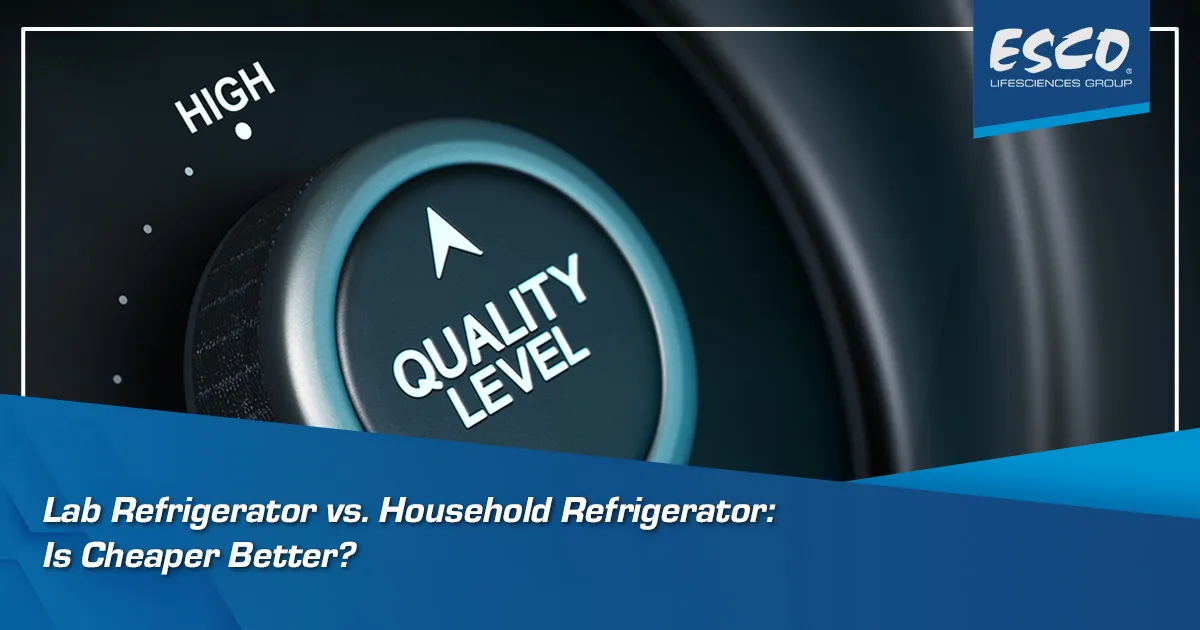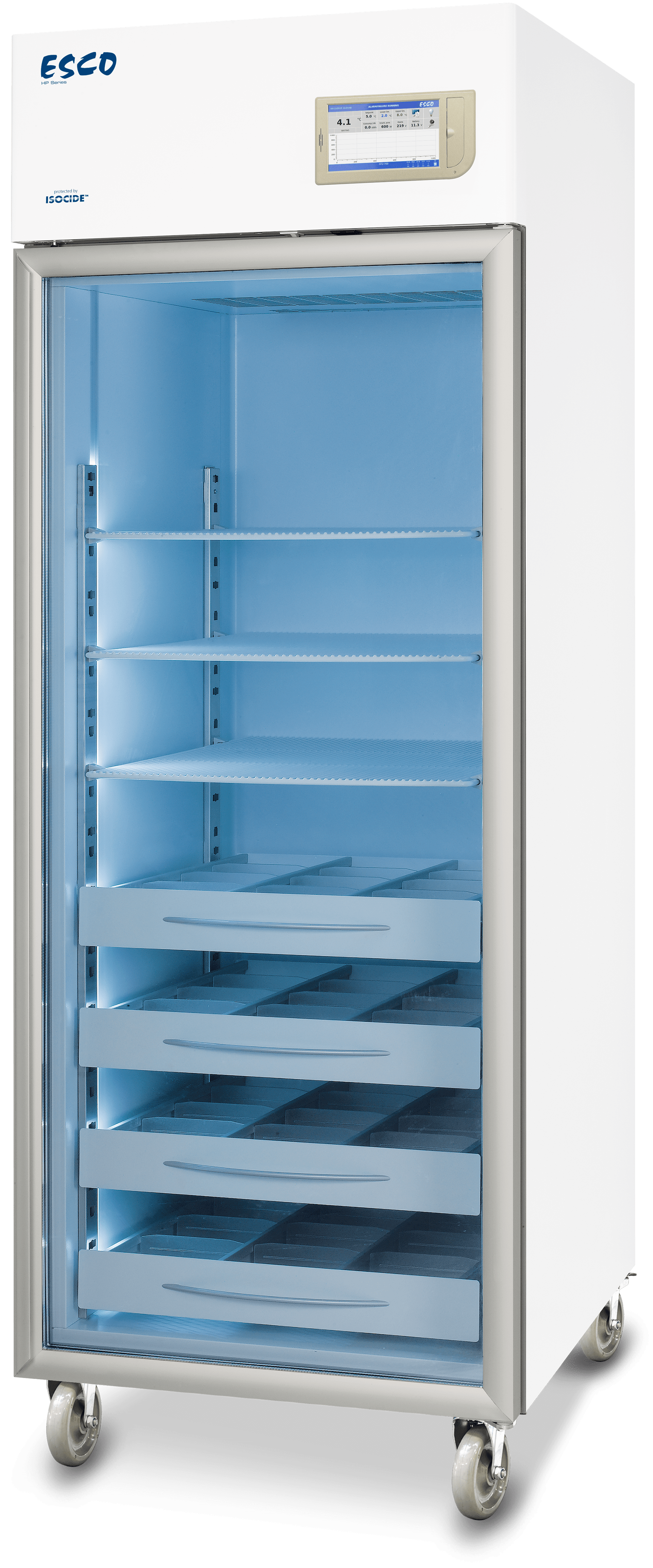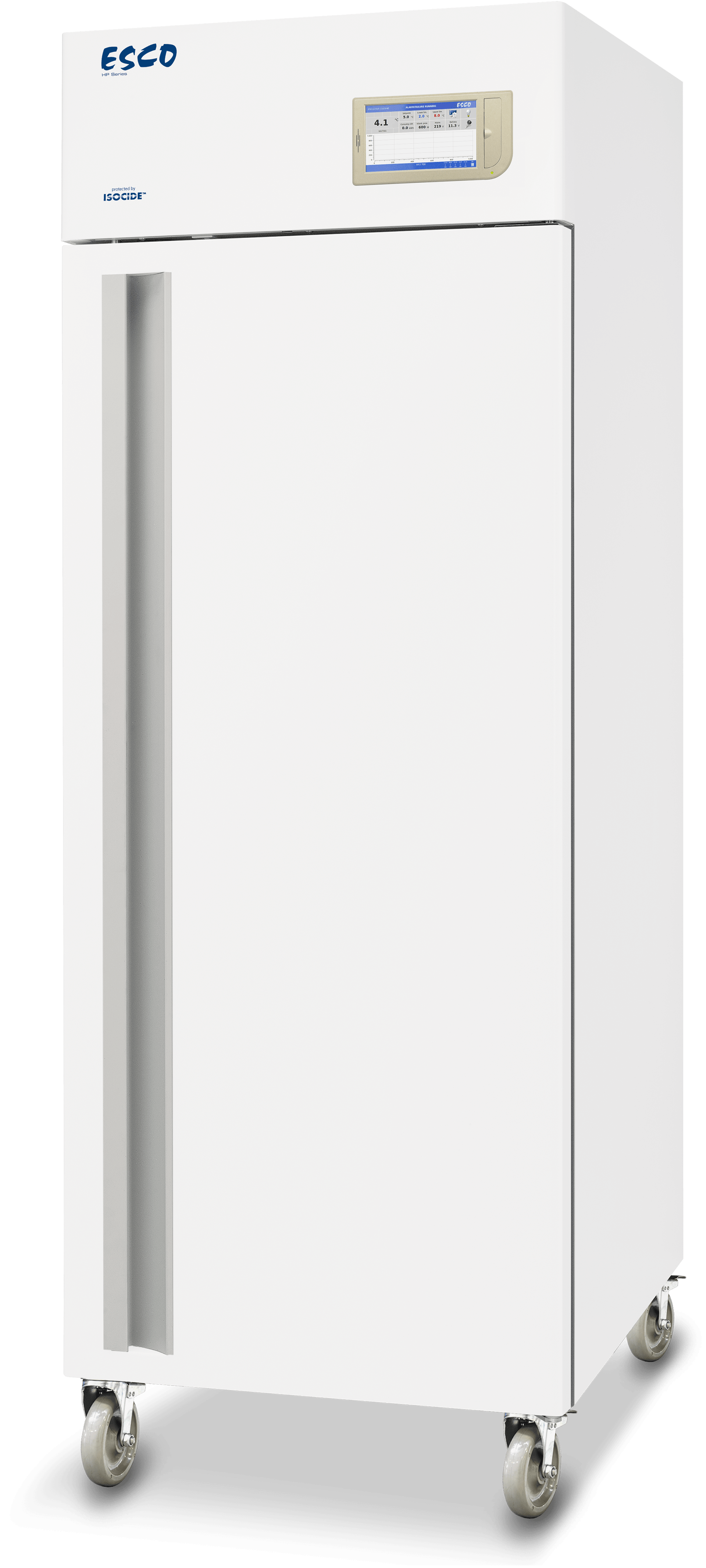Lab Refrigerator vs. Household Refrigerator:
Is Cheaper Better?

Refrigeration technology has become an indispensable aspect of contemporary living, serving diverse purposes such as food preservation and the maintenance of laboratory samples. While household refrigerators are ubiquitous, specialized lab refrigerators play a critical role in scientific research and experimentation. The continual progress in science and medicine has led to an increased demand for the storage of biological samples. However, these samples are highly susceptible to degradation due to their sensitivity to heat and vulnerability to microbial contamination.
To mitigate these risks, refrigeration plays a vital role in preserving the integrity and viability of laboratory samples. For instance, vaccines must be stored within a specific temperature range of 2°C to 8°C to maintain their efficacy. Failure to do so could lead to the loss of product potency and render them ineffective in combating diseases.
Both household and lab refrigerators are commonly utilized for sample storage. However, determining the most suitable equipment for this purpose requires careful consideration of various factors. This article aims to provide a comparative analysis between lab refrigerators and household refrigerators, highlighting their differences in design, functionality, and suitability for specific applications.
What type of samples can be stored in a laboratory refrigerator and household refrigerator?
A LAB-GRADE REFRIGERATOR IS THE RECOMMENDED EQUIPMENT FOR THE STORAGE OF THE FOLLOWING:




A HOUSEHOLD REFRIGERATOR CAN BE USED FOR THE STORAGE OF:

What are the factors to consider when choosing a cold storage solution?
- Design and Construction
- Temperature Control and Stability
- Capacity and Organization
- Regulatory Compliance and Safety:
One of the primary distinctions between lab refrigerators and household refrigerators lies in their design and construction. Lab refrigerators are engineered with a focus on precision temperature control, durability, and compliance with regulatory standards. They often feature rugged exteriors, solid insulation, and reinforced shelving to withstand the demands of laboratory environments. Additionally, lab refrigerators may include specialized features such as spark-proof interiors for storing flammable materials or alarms to monitor temperature deviations.
In contrast, household refrigerators prioritize aesthetics, energy efficiency, and consumer convenience. This type of refrigerator typically has sleek design, tempered glass shelves, and adjustable compartments to accommodate varying food storage needs. While household refrigerators may offer some degree of temperature control, they lack the precision and uniformity required for storing sensitive laboratory samples.
Temperature control is paramount in both laboratory and household refrigerators, albeit with different degrees of precision. Lab refrigerators are designed to maintain consistent and precise temperature ranges, often ranging from ultra-low temperatures (-20°C to -80°C) for storing biological samples to standard refrigeration temperatures (2°C to 8°C) for preserving reagents and chemicals. Advanced temperature control systems, including microprocessor-based controllers and forced-air circulation, ensure uniform cooling throughout the refrigerator interior.
On the other hand, household refrigerators typically operate within a broader temperature range suitable for food storage (-2°C to 7°C). While modern household refrigerators may offer some degree of temperature adjustment, they lack the fine-tuned control required for specialized laboratory applications. Temperature fluctuations in household refrigerators may be influenced by factors such as door openings, ambient temperature variations, and defrost cycles, posing challenges for maintaining sample integrity over extended periods.
The capacity and organization of refrigeration space differ significantly between lab and household refrigerators to accommodate their respective storage requirements. Lab refrigerators often feature adjustable shelves, drawers, and racks optimized for storing a variety of sample vials, containers, and plates. Additionally, some lab refrigerators may include specialized compartments for storing volatile chemicals, radioactive materials, or temperature-sensitive reagents.
In contrast, household refrigerators prioritize food storage convenience, typically offering larger, open spaces for accommodating bulk items, produce, and beverages. While adjustable shelves and door bins allow for some degree of customization, household refrigerators may not offer the specialized organization features necessary for laboratory applications, such as secure containment of small sample tubes or trays.
Compliance with regulatory standards and safety considerations are paramount in laboratory settings, driving the design and operation of lab refrigerators. Lab refrigerators are often subject to stringent regulations governing temperature monitoring, alarm systems, and containment of hazardous materials. Manufacturers of lab refrigerators adhere to industry standards such as UL (Underwriters Laboratories) certification and CDC (Centers for Disease Control and Prevention) guidelines to ensure product safety and performance.
Household refrigerators are primarily regulated for food safety and energy efficiency standards. While they may incorporate basic safety features such as child locks and temperature alarms, household refrigerators are not subject to the same level of regulatory scrutiny as lab refrigerators. Consequently, the use of household refrigerators for storing laboratory samples or chemicals may pose risks of contamination, cross-contamination, or inadvertent exposure to hazardous materials.
What are the advantages of choosing the right equipment?
Purchasing the right equipment can be expensive that is why most end-users would likely use a household refrigerator in place of a lab refrigerator to cut expenses. The cost of products stored in cold storage would sum up to thousands, if not millions of dollars. Considering this amount of expense, is it worth the cut?
|
Laboratory Refrigerator |
Household Refrigerator |
|---|---|---|
Market Price |
high-priced |
low-priced |
Air Circulation |
forced convection |
natural convection |
Alarms for Critical Conditions |
audible and visual |
none |
Material |
lab-grade |
commercial grade |
Monitoring System |
available |
none |
Temperature Distribution |
uniform |
non-uniform |
A poor refrigeration system, uneven temperature distribution, frequent temperature fluctuations, and lack of temperature monitoring system increase the risk of sample spoilage and wastage. That being the case, entrusting expensive samples to a household refrigerator will cost more than the price of the right laboratory equipment, hence, CHEAPER IS NOT BETTER.
Why Precision is cooler.
The comparison between lab refrigerators and household refrigerators underscores their distinct design, functionality, and suitability for specific applications. While household refrigerators excel in food storage convenience and energy efficiency, lab refrigerators offer precise temperature control, specialized organization, and regulatory compliance essential for laboratory research and experimentation. Understanding the differences between these two types of refrigeration appliances is crucial for ensuring the integrity, safety, and success of scientific endeavors in diverse laboratory settings.

Esco Lifesciences is a pioneer in providing a wide range of cutting-edge cold storage solutions adapted to unique needs across many industries. With a commitment to excellence and innovation, Esco Lifesciences consistently pushes the frontiers of technology to produce reliable, efficient, and cutting-edge refrigeration systems. Explore our products below!
References:
[1] F. John Mills. (2009, June). Biopreservation and Biobanking. http://doi.org/10.1089/bio.2009.0702.fjm
[2] Vaccine Refrigeration Specifications. (2017, February 7). https://www.elitecme.com/resourcecenter/laboratory/vaccinerefrigeration-specifications/

